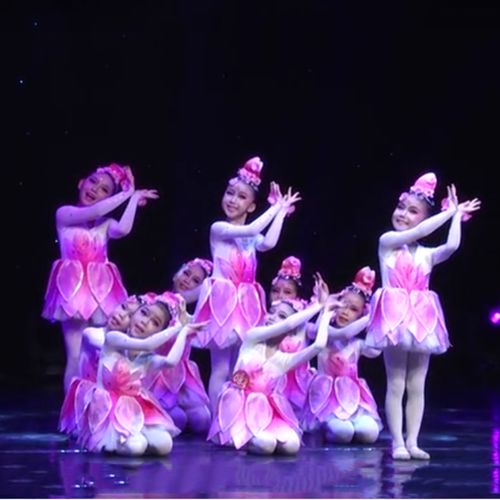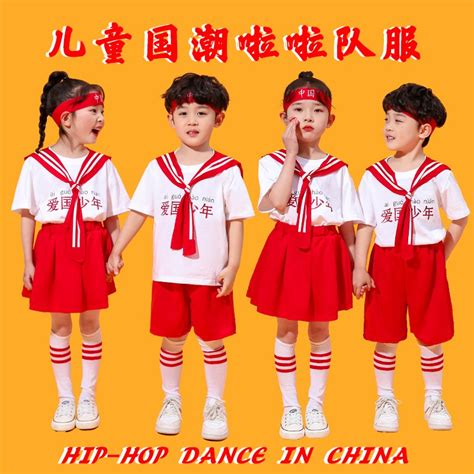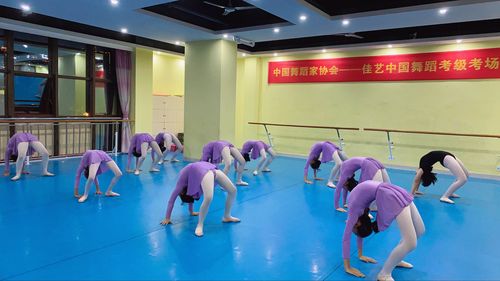Title: Exploring the World of FullColor Japanese Manga
Japanese manga, especially in full color, is a vibrant and dynamic form of storytelling that captivates audiences worldwide. Let's delve into this fascinating world, exploring its origins, significance, and impact on global pop culture.

Japanese manga traces its roots back to the 12th century, with the emergence of scrolls depicting various narratives and art styles. However, it wasn't until the 20th century that manga as we know it today began to take shape.
One of the pioneers of modern manga was Osamu Tezuka, often referred to as the "God of Manga." Tezuka's works, such as "Astro Boy" and "Black Jack," revolutionized the medium, introducing cinematic storytelling techniques and complex characters.
While manga traditionally relied on blackandwhite artwork due to printing constraints and cost considerations, the advent of digital technology opened up new possibilities. Fullcolor manga became increasingly popular, offering readers a visually stunning experience.
With vibrant hues and intricate details, fullcolor manga enhances the storytelling by immersing readers in rich and captivating worlds. It allows artists to express emotions, atmosphere, and action with greater depth and nuance.
Fullcolor manga plays a significant role in shaping cultural perceptions and fostering creativity. It transcends linguistic barriers, attracting readers from diverse backgrounds and cultures.
Moreover, fullcolor manga has become a lucrative industry, contributing to Japan's economy and influencing various sectors such as animation, gaming, and merchandising. Its popularity extends beyond printed media, with digital platforms enabling broader accessibility.
Japanese manga, including fullcolor titles, has had a profound impact on global pop culture. It has inspired countless artists, writers, and filmmakers worldwide, influencing storytelling techniques and visual aesthetics.
Furthermore, fullcolor manga has helped promote Japanese culture internationally, fostering a deeper appreciation for its art, traditions, and values. It has become a cultural ambassador, fostering crosscultural exchange and understanding.
For aspiring manga artists, embracing fullcolor artwork can elevate their storytelling and attract a broader audience. However, mastering color theory, digital tools, and storytelling techniques is essential.
Additionally, studying the works of renowned manga artists and experimenting with different styles can help develop a unique artistic voice. Persistence, dedication, and a willingness to learn are key to succeeding in the competitive world of manga.
In conclusion, fullcolor Japanese manga represents a dynamic fusion of art, storytelling, and culture. Its evolution and global influence continue to shape the creative landscape, inspiring generations of artists and storytellers.











